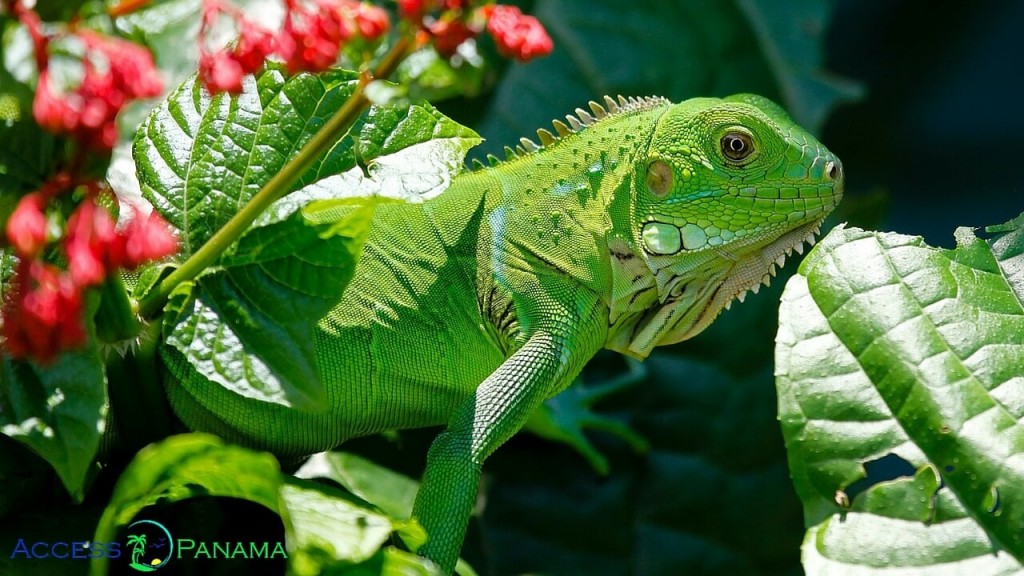Looking to enjoy the nature in Panama?
Panama is the hub of the natural land bridge that connects the two continents of North and South America. As such, it is home to many South American species as well as North and Central American wildlife. There are said to be over 10,000 varieties of plants and 1,500 species of trees, and more than 1,000 species of birds. This is more than can be found in North America and Europe combined, and it includes some of the rarest on Earth. There are also 220 mammals and 354 reptiles and amphibians. Panama also has hundreds of islands and kilometers of protected coral reef, which shelter a wide diversity of marine life.
Eco-adventure activities available in Panama include swimming, rock climbing, kayaking and whitewater rafting, as as well as guided hikes into the forests and mountains with the opportunity to take an aerial ride through the forest canopy on a zip line. Jungle boat rides at Gatun Lake are a good way of seeing monkeys, sloths and iguanas.
Even casual bird-watchers will be bowled over by the abundance of bird life in Panama. It’s truly one of the very best places to see birds in the world. Western Panama is home to the resplendent quetzals as well as two endemic hummingbirds. You might also spot the quetzal in the central highlands, as well as the three-wattled bellbirds. The Montezuma oropendola lives in Bocas del Toro, and the province of Darien is home to the famous harpy eagle, feared by all the jungle creatures.
Near the Pacific coast in the province of Veraguas sits the island of Coiba, the largest island in the Pacific. Coiba and its 38 surrounding islands form the Coiba National Park which is inscribed in UNESCO’s World Heritage list. Coiba protects marine and island ecosystems and is home to about 1,450 species of vascular plants and several endangered species— including the harpy eagle.
Between June and November, the Pacific coastal waters of Panama are one of the favored breeding grounds of humpback and sperm whales. Some of the key spots in Panama to watch these massive creatures are at Coiba, Taboga and the Pearl Islands, though they can also be seen in the Gulf of Chiriquí, San Miguel, Iguana Island and the Bay of Panama. Besides whales, bottlenose and spotted dolphins can also be observed, though the humpback whales are the stars of the show.


